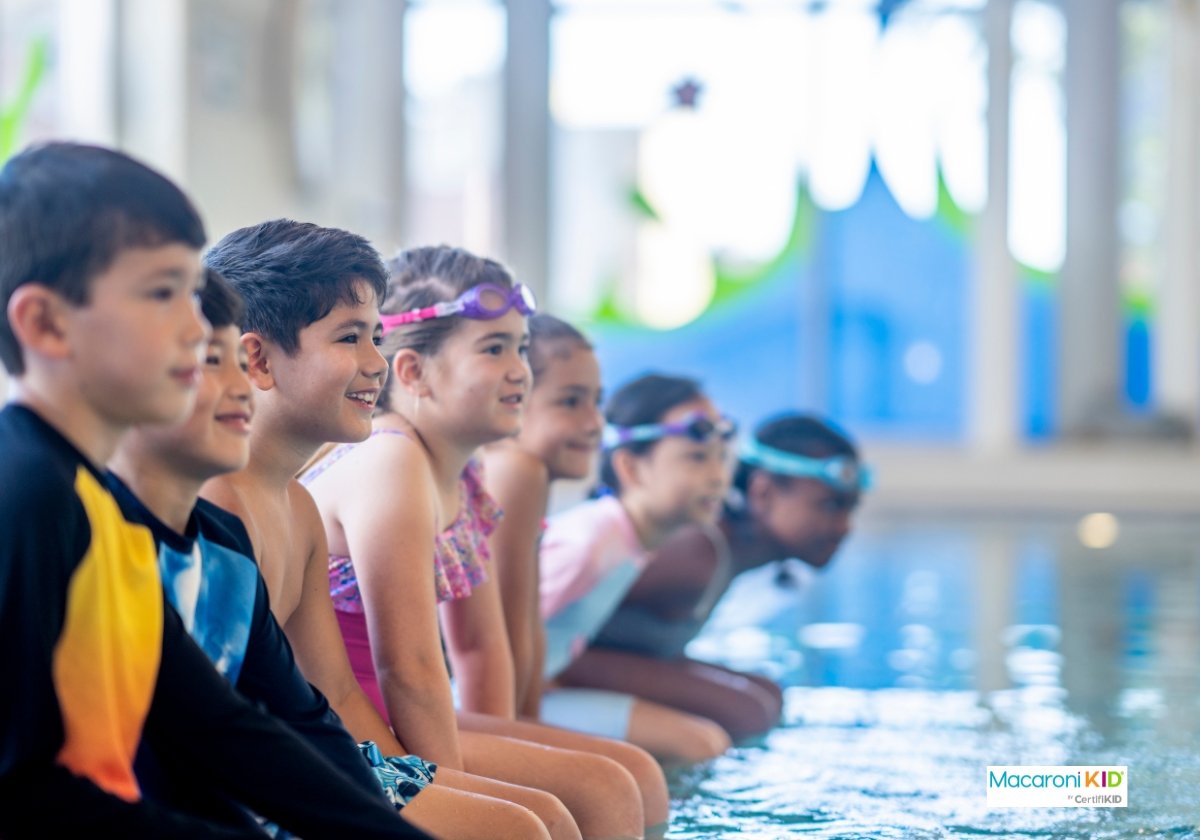Backyard pools are a great way to cool off at home on those hot summer days. But no matter whether you spend $25 on an inflatable pool that's just a few inches deep or $25,000 on an in-ground pool, it's important to keep safety in mind.
That's because drowning kills about 4,000 people in the United States each year and is the leading cause of unintentional death for children ages 1-4, according to statistics from the Centers for Disease Control and Prevention.
And where do many of those deaths occur?
Backyard pools.
So how can you keep your kids safe around backyard pools this summer?
A report from the American Academy of Pediatrics emphasizes that no single intervention, such as swim lessons or lifeguards, is sufficient. Instead, multiple layers of protection are needed to prevent drowning.
Here are 7 things to keep in mind when considering water safety this summer:
1. Anyone in the water should be under close and constant supervision
Most people think of drowning as noisy — lots of splashing and yelling for help. But actually, the opposite is true. Drowning often happens quickly and silently. That means all children should have an adult's eyes on them at all times when they are in the water. Children under age 4 should always be supervised at arm's length — even if they can swim.
 eclipse_images via Canva |
2. Air-filled and foam toys are not safety devices
The CDC warns that floaties, water wings, inner tubes, pool noodles, and other common pool accessories and toys are not alternatives to adult supervision or a U.S. Coast Guard-approved life jacket. It's important not to feel overconfident if a child is in a life jacket, however — a life jacket does not mean you can relax your supervision of children near water.
3. Install fencing around backyard pools or ponds
The CDC advises all pools be fenced and that fences should be at least 4 feet high. All gates should be self-closing, open outward, and have self-latches that are out of reach of children. The CDC also suggests considering additional barriers, such as an alarm that is activated when someone enters the pool area. Using a small inflatable pool? Make sure the pool is emptied completely after each use. Same for buckets — the American Academy for Pediatrics says in its report most infant drowning deaths occur in bathtubs and large buckets. A child can drown in as little as two inches of water.
4. Remove toys from the pool and deck when not in use
Kids can unintentionally fall into a pool when trying to retrieve a ball or toy. Remove those toys to help take away a child’s temptation to try to enter the pool area unsupervised.
 FatCamera via Canva |
5. Enroll children in formal swim lessons
While even the best swimmers should still always be supervised in the water, participating in formal swim lessons can reduce the likelihood of childhood drowning death by a significant percentage.
6. Remember: Kids can drown in ANY water and on anyone's property
Consider safety whether you have an in-ground pool, a small kiddie pool from the store, or a bucket collecting rainwater. Have water safety discussions with relatives, caregivers, and neighbors and your children.
Why is it important? Consider the fact that kids ages 5 to 9 who drowned in a pool between 2005 and 2014 were just as likely to drown at a home they were visiting as their own, according to a report from Safe Kids Worldwide.
7. Learn CPR
Knowing CPR can save a life. Your local YMCA or hospital is a good place to find a class. You can also find online CPR courses on the American Red Cross site for a fee.
Water fun is the best fun in the summer, and you can feel good about enjoying the hot days of this summer in a cool backyard pool by taking precautions and always keeping kids' safety top of mind.



